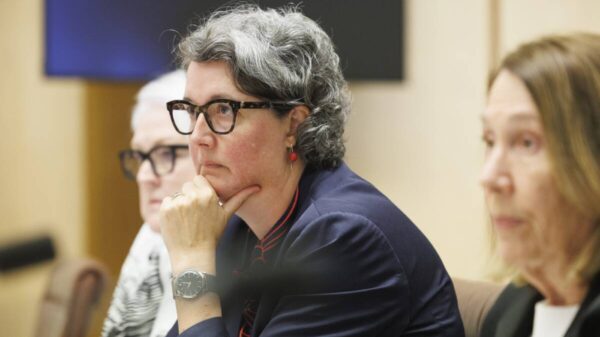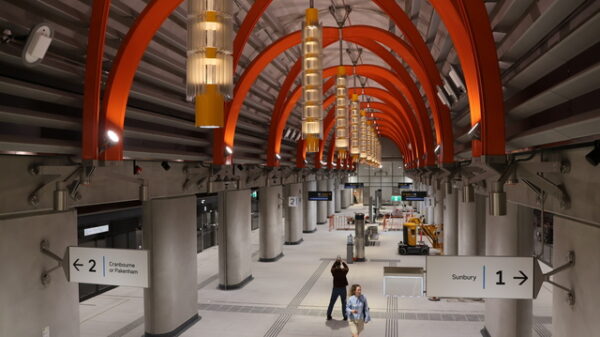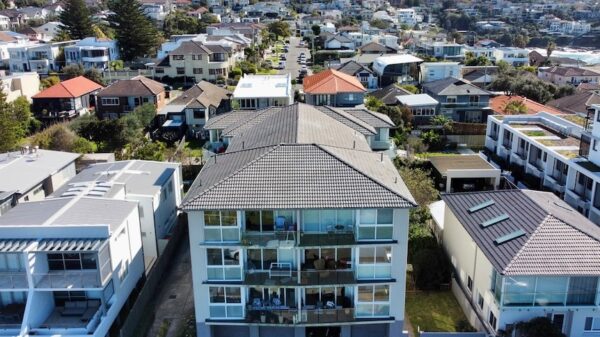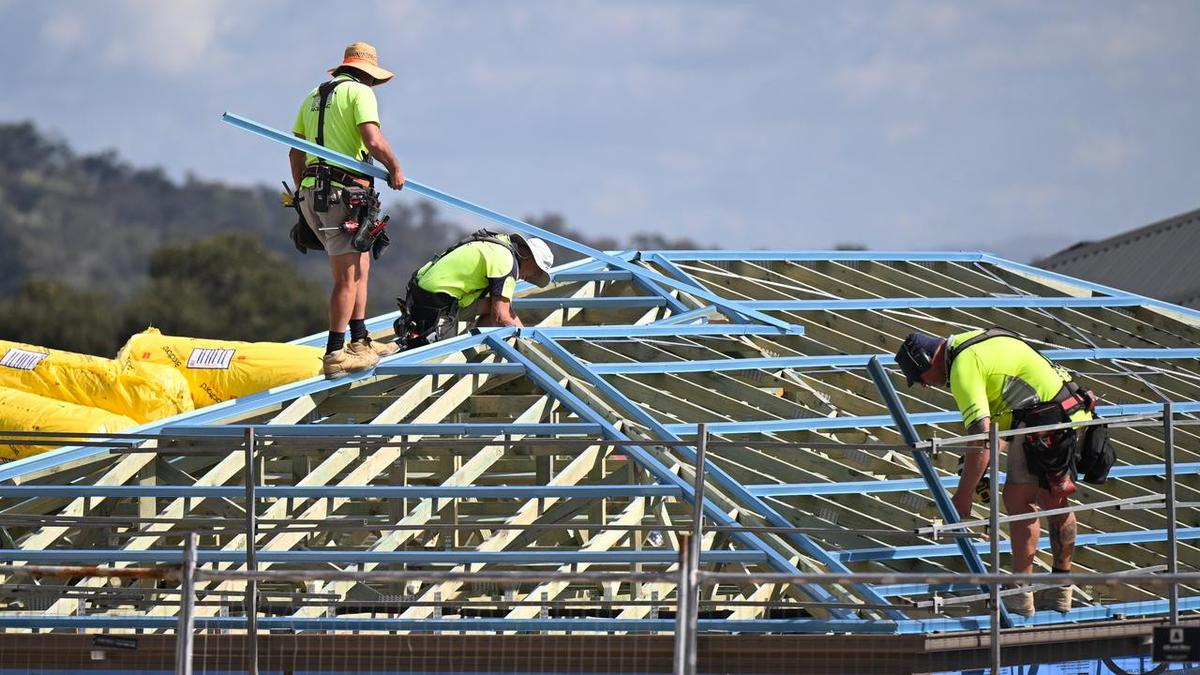The Australian federal government has announced a freeze on updates to national building standards in an effort to accelerate housing approvals. This decision follows the conclusion of last week’s productivity summit, where Treasurer Jim Chalmers confirmed that changes to the national code will be paused until mid-2029 after the completion of the 2025 revisions. The current construction code, spanning approximately 2000 pages, typically undergoes updates every three years.
The freeze will not affect essential safety and quality changes, ensuring that the robust standards established in 2022, including a 7-star energy efficiency rating for residential buildings, remain intact. Housing Minister Clare O’Neil emphasized that the government aims to facilitate construction without compromising on standards. “It’s too hard to build a home in this country. We want builders on site, not filling in forms to get their approval,” she stated.
Streamlining Approvals Through Technology
In addition to the freeze, the government plans to streamline the construction code by enhancing its usability with artificial intelligence. This initiative aims to eliminate bureaucratic obstacles and promote modern construction methods, such as prefabricated and modular housing. The government also intends to establish a specialized team within the environmental department to expedite applications for over 26,000 homes.
According to Environment Minister Murray Watt, while the fast-tracked projects must still meet all environmental requirements, developers will be encouraged to submit necessary information upfront. “This approach will ensure strong national environmental protections, while also leading to faster decision making, more certainty for industry and more homes for Australians,” Watt remarked.
Industry Reactions and Future Implications
The government’s initiatives include removing barriers to superannuation investment in new housing and collaborating with state and territory governments to accelerate planning, zoning, and approval processes. During the Economic Reform Roundtable in Canberra, the simplification of the construction code was met with widespread support, highlighting the need for standards that are more cohesive and easier to navigate.
Mike Zorbas from the Property Council of Australia stated that these measures could unlock tens of thousands of new homes while ensuring a continuous improvement cycle for safety and sustainability upgrades in housing. He noted that “the necessary residential code recalibration will achieve the national consistency we all know is the key to an efficient housing production pipeline.”
While the industry has largely welcomed the government’s actions, concerns remain regarding the potential implications of freezing the construction code. Cassandra Goldie, chief executive of the Australian Council of Social Service, warned that households least able to afford home retrofits for a changing climate and energy future could be adversely affected if the reforms do not adequately address their needs.
Master Builders Australia chief executive Denita Wawn praised the government for addressing the pressures caused by constant regulatory changes, which have complicated the construction landscape. As the government moves forward with these changes, the balance between expediting housing construction and maintaining high-quality standards will be closely monitored by both industry stakeholders and the public.































































